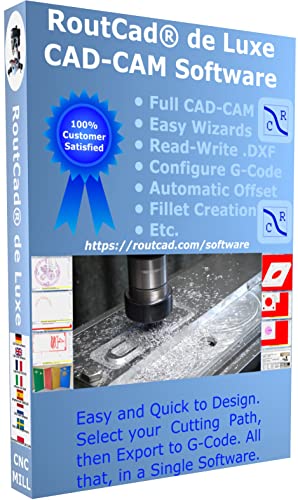I Just started watching this youtube series of a guy making a motorcycle engine from castings, and when he started machining the cylinder sleeves he had cut a small relief into the sleeve, and then I went to look on one of my 2 stroke nitro sleeves and saw that there was one there too, and now I'm left wondering what they're for and how would you go about actually designing different cylinder sleeves? Like how could/should you position the holes on a 2 stroke sleeve, or what does that relief actually do?

The relief would be right below the lip at the top, this one doesn't have it

And this on does have it
All help understanding this would be greatly appreciated!

The relief would be right below the lip at the top, this one doesn't have it

And this on does have it
All help understanding this would be greatly appreciated!



























![DreamPlan Home Design and Landscaping Software Free for Windows [PC Download]](https://m.media-amazon.com/images/I/51kvZH2dVLL._SL500_.jpg)

















![MeshMagic 3D Free 3D Modeling Software [Download]](https://m.media-amazon.com/images/I/B1U+p8ewjGS._SL500_.png)















